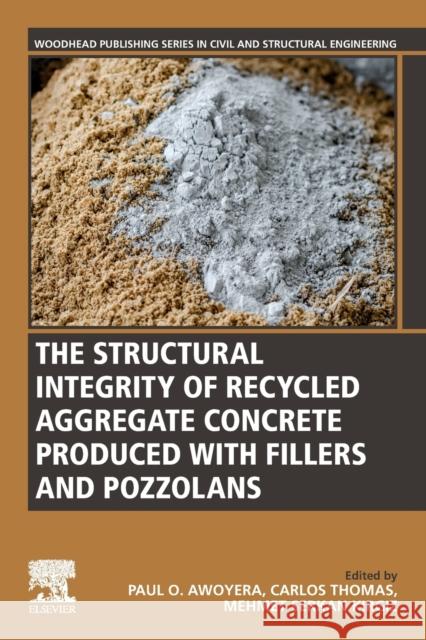The Structural Integrity of Recycled Aggregate Concrete Produced with Fillers and Pozzolans » książka
topmenu
The Structural Integrity of Recycled Aggregate Concrete Produced with Fillers and Pozzolans
ISBN-13: 9780128241059 / Angielski / Miękka / 2021 / 498 str.
Kategorie:
Kategorie BISAC:
Wydawca:
Woodhead Publishing
Seria wydawnicza:
Język:
Angielski
ISBN-13:
9780128241059
Rok wydania:
2021
Numer serii:
000904755
Ilość stron:
498
Waga:
0.65 kg
Wymiary:
22.86 x 15.24 x 2.54
Oprawa:
Miękka
Wolumenów:
01











